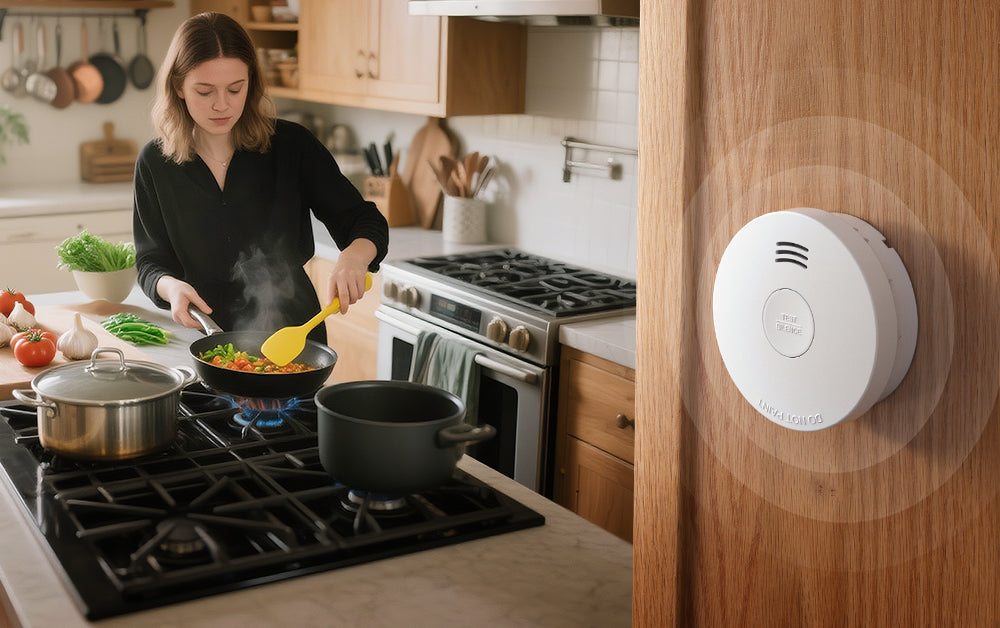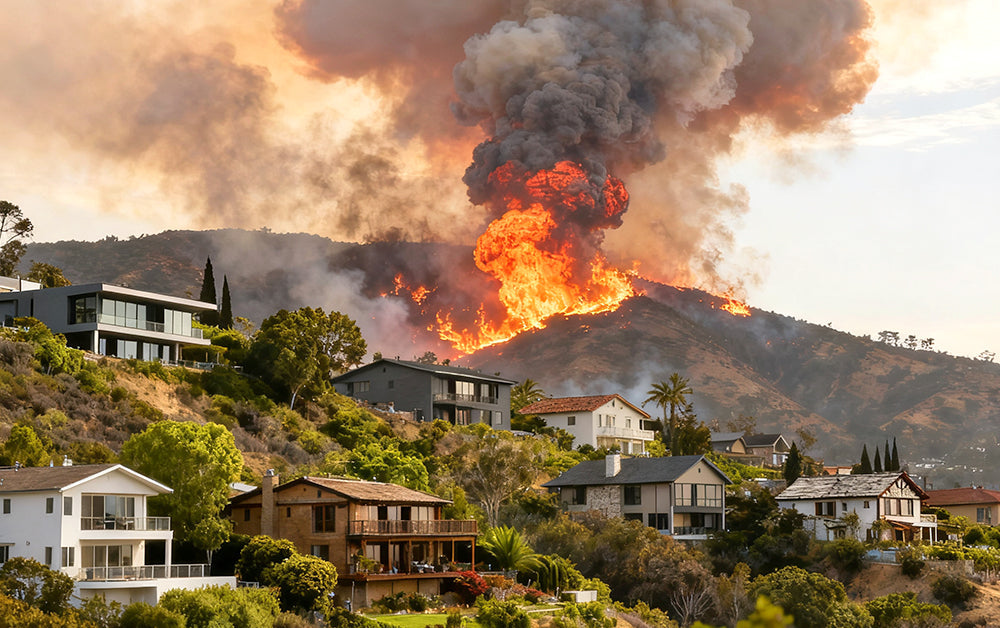Why Alarm Aging Matters: Protect Your Home Before It’s Too Late
Knowing when to replace your smoke and carbon monoxide alarms is key to maintaining home safety. Smoke and carbon monoxide (CO) alarms are vital for every home—but like any device, they have a limited lifespan. According to the National Fire Protection Association (NFPA), the risk of dying in a reported home fire is about 50-60% lower when a working smoke alarm is present. Meanwhile, nearly three out of five home-fire fatalities stem from fires in homes where either no smoke alarm is installed or the alarm was present but failed to operate.
“Many homeowners underestimate how age affects alarm performance,” says fire safety experts. “A detector past its recommended lifespan may not respond quickly to smoke or carbon monoxide, which can turn a minor incident into a tragedy.”
With shorter days, more heating use, and increased indoor activity during the fall season, now is the perfect time to check whether your alarms are still providing full protection.
How Alarm Aging Affects Performance
Over time, sensors degrade, internal components wear out, and environmental exposure (such as dust, humidity, and heat) can reduce a device’s ability to detect fires or CO quickly. The U.S. Fire Administration’s (USFA) infographic “Don’t Wait—Check the Date!” reminds homeowners that alarms must be replaced 10 years after manufacture.
NFPA guidance reinforces the point: “All smoke alarms must be replaced 10 years after their manufacturing date.”
From a practical perspective: even if your unit seems operational, it may no longer perform to its original specification—and that margin matters when seconds count.

Common Signs Your Smoke or CO Alarm Is Aging
Even if your alarm passes a monthly “beep” test, the following warning signs indicate it may be time to replace it:
1. Frequent False Alarms
Repeated false alerts can signal dust buildup, moisture, or worn sensors that no longer read accurately.
2. No Response During Testing
If pressing the test button doesn’t produce a strong alarm, it could indicate internal wear or failing power components.
3. Visible Wear or Discoloration
Yellowed plastic, cracks, or corrosion suggest long-term exposure to heat or humidity that can impair function.
4. Past Recommended Lifespan
Smoke alarms typically last 10 years, CO alarms 5–7 years. Beyond that, they lose sensitivity and reliability, even if they still appear functional.
What the Research and Real-World Cases Show
NFPA research shows that in many fatal home fires, smoke alarms either failed to activate or were missing altogether — a reminder of how neglected or aging alarms can cost lives.
These facts emphasize that relying on an aging alarm—even one that “still works”—is a risk. A fresh, properly maintained alarm is far more reliable.

Best Practices for Homeowners: Action Checklist
Here’s a practical guide to make sure your household’s alarms do what they’re supposed to:
1. Test and Clean Regularly
- Press the test button on each alarm monthly; if it fails, repair or replace it immediately.
- Vacuum or gently brush vents every 6–12 months to remove dust and debris.
2. Replace Alarms at the End of Their Lifespan
- Check the manufacture date printed on the back.
- Replace smoke alarms every 10 years, CO alarms every 5–7 years.
- For sealed 10-year battery models, replace the entire unit once it reaches end-of-life.
3. Ensure Proper Placement & Interconnection
- Install alarms inside every bedroom, outside each sleeping area, and on every level of the home (including basement) per NFPA/USFA guidance.
- Avoid placing alarms too close to kitchens or bathrooms (to minimize nuisance false alarms).
- For full-home coverage, consider interconnected alarms — such as Siterwell GS562A hardwired interconnected smoke alarm — so if one sounds, all do.
4. Upgrade to Smarter Alarms
- Today’s best units use photoelectric sensors for smolder fires (common in bedrooms/living areas) and/or electrochemical sensors for CO.
- For example, the Siterwell GS525A is a sealed-battery (10-year) photoelectric smoke alarm—an easy, long-term upgrade for replacing aging units.
- And for households needing extra flexibility, Siterwell’s portable CO alarm with a 10-year sealed battery offers reliable electrochemical detection you can plug in or relocate between rooms—ideal for renters, travelers, or seasonal homes.
- If you prefer combined protection, a unit such as Siterwell GS886F‑H02 Smoke & CO Detector with 10-Year Battery may simplify coverage while modernizing your system.

Don’t Let Time Compromise Your Safety
Your alarms may have served faithfully for years—but time, environment, and component aging all reduce their reliability.
Take 15 minutes today: check the manufacture date, run a test, and plan for replacements if needed.
These small actions provide big peace of mind—and ensure your home’s first line of defense will be ready when you need it most.



